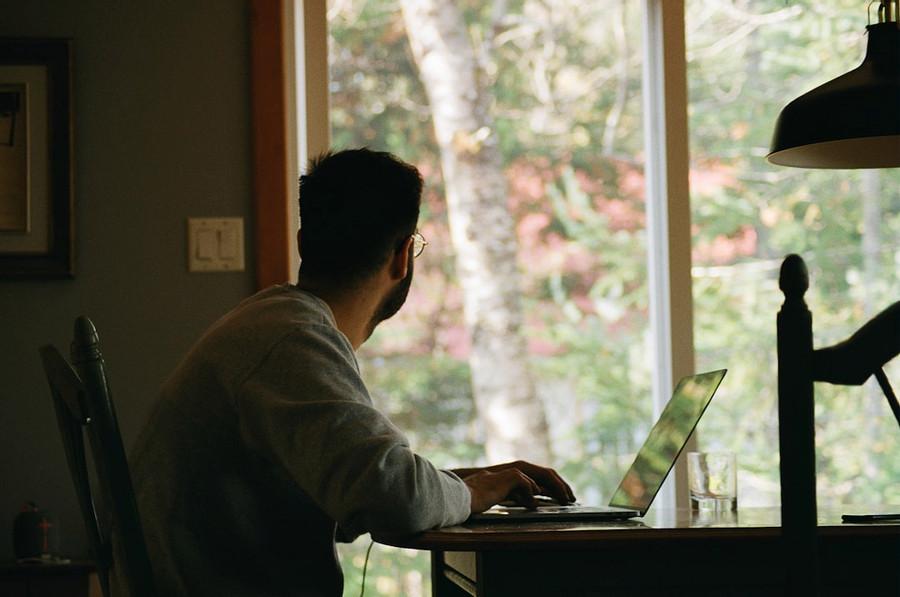Re-conceptualize the problem
Instead of thinking of a cut-and-dry end goal to certain situations, creative people sit back and examine the problem in different ways before beginning to work.
If you find yourself stagnating by focusing on generic problems, try to re-conceptualize the problem by focusing on a more meaningful angle.
For example: Instead of thinking “What would be something cool to paint?” rather ask, “What sort of painting evokes the feeling of loneliness that we all encounter after a break-up?”
2.5K
11.7K reads
CURATED FROM
IDEAS CURATED BY
The idea is part of this collection:
Learn more about personaldevelopment with this collection
Conducting effective interviews
Identifying the right candidates for the job
Creating a positive candidate experience
Related collections
Similar ideas to Re-conceptualize the problem
STAY FOCUSED ON THE PRESENT
• when we face tough situations or scary things, it's easy to get overwhelmed by thinking about all the challenges and dangers.
• But there's a trick to handle this. Instead of focusing on the big picture, we can pay attention to the small details right in front of us.
• Just like a
Read & Learn
20x Faster
without
deepstash
with
deepstash
with
deepstash
Personalized microlearning
—
100+ Learning Journeys
—
Access to 200,000+ ideas
—
Access to the mobile app
—
Unlimited idea saving
—
—
Unlimited history
—
—
Unlimited listening to ideas
—
—
Downloading & offline access
—
—
Supercharge your mind with one idea per day
Enter your email and spend 1 minute every day to learn something new.
I agree to receive email updates
